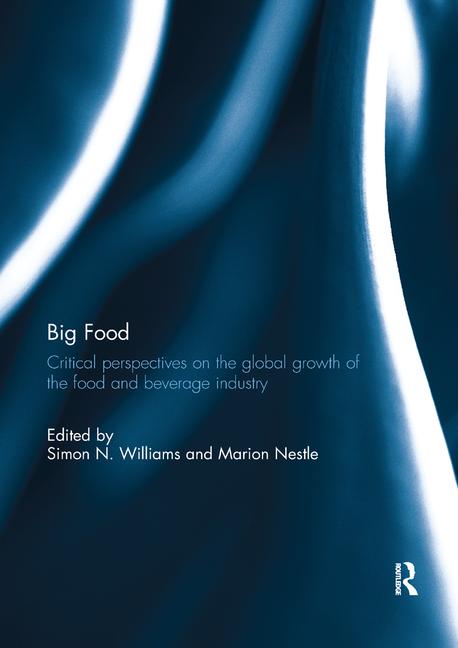State of the Foodservice Supply Chain
Cost volatility emphasizes strategic importance of supplychain

Due to rapidly shifting consumer expectations, as well as increasing food costs, supply and demand volatility, the supply chain is growing in strategic value for all restaurant chains, according to the State of the Foodservice Supply Chain 2014. In this third annual report compiled by Technomic and HAVI Global Solutions (HGS), chains report a broader range of supply-chain capabilities with higher levels of supply-chain maturity than previously. However, the findings expose a paradigm shift in the definition of supply-chain maturity: The drive to success is no longer focused on cost, but on collaboration, agility and adaptability.

|
"Consumers are now more in control than ever before," says Bob Goldin, Technomic executive vice president. "Not only do they want an increasingly customized selection of products, but they expect these foods and beverages made available to them faster and made of ingredients perceived as better. To succeed in this new environment, restaurant chains have to meet these challenges head on."
To establish an understanding of supply-chain capability within restaurant chain organizations, the State of the Foodservice Supply Chain 2014 employs the HGS Foodservice Supply Chain Maturity Model. Developed with Technomic, the model accounts for the unique complexities in the foodservice supply chain so that businesses may chart their progression.
"The HGS five-stage model demonstrates that as companies move through the stages, their processes and tools become more mature and more integrated," explains Ken Shearer, senior vice president of sales for HAVI Global Solutions. "As supply chain departments gain access to increasing amounts of data—including supplier, distributor and restaurant POS data—they can use the information for better planning."
Powered by the expertise of research leader Technomic and industry solution provider HGS, the State of the Foodservice Supply Chain 2014 report compiles the key findings, insights and learnings gleaned from a qualitative assessment of chain restaurant leaders, including:
• The supply chain alone does not drive revenue, profit or growth, yet chains with more mature supply chains tend to have greater top-line performance
• As the foodservice industry continues to ramp up innovation, collaboration among supply chain, culinary and marketing departments will be even more critical
• Chains are not merely talking about greater supply-chain capabilities, but are actively bringing them about—leading to greater visibility, collaboration and the ability to be responsive and flexible.
Download the State of the Foodservice Supply Chain 2014.
Looking for a reprint of this article?
From high-res PDFs to custom plaques, order your copy today!







